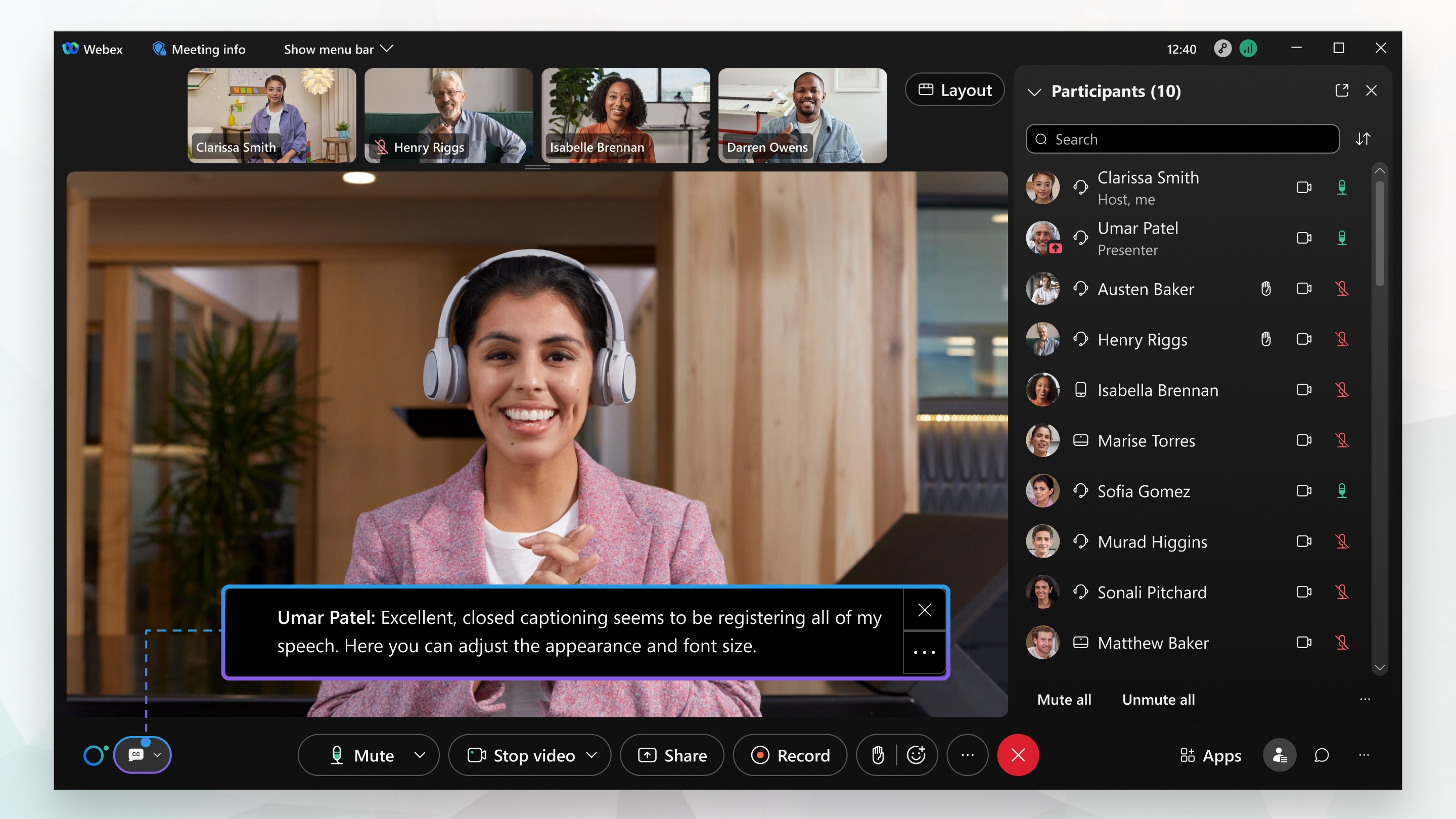

E Encoder:Ī device that electronically inserts the caption data into the TV signal. Since July 1, 1993, all television sets with screens 13 inches or larger manufactured for sale in the United States must have a built-in decoder capability. In the 1980’s and early 1990’s, closed caption decoders were the major means by which consumers could watch captioned television.

#CLOSE CAPTION DEFINITION SOFTWARE#
Closed Caption Decoder:Īn electronic device or software program that decodes the captioning signal and causes caption text to appear on the screen. Closed-caption information is carried in Line 21 of the vertical blanking interval of the television signal. Closed captioning allows caption users to enjoy the same broadcast and recorded video materials that other television viewers enjoy. The decoder may be either attached to a TV or built into TV’s made after July 1993. Closed Captions:Ĭaptions that can only appear with the use of a decoder. Their placement is similar to subtitles although they are displayed as captions in white letters in a black box. Pop-on captions are centered at the bottom third of the TV screen. The caption file is used in conjunction with an encoder to create the captioned submaster.

Caption File:Ī computer file that stores a program’s caption information, including the text, timing and placement information. The captions are typically white upper-case letters against a black background. The process of converting the narration, dialogue, music and sound effects of a video production into text that is displayed on a television screen. It is the means of producing captions using voice recognition software with no human intervention. Captioning Terms A Automated Speech Recognition (ASR), also referred to as AI Captioning:


 0 kommentar(er)
0 kommentar(er)
